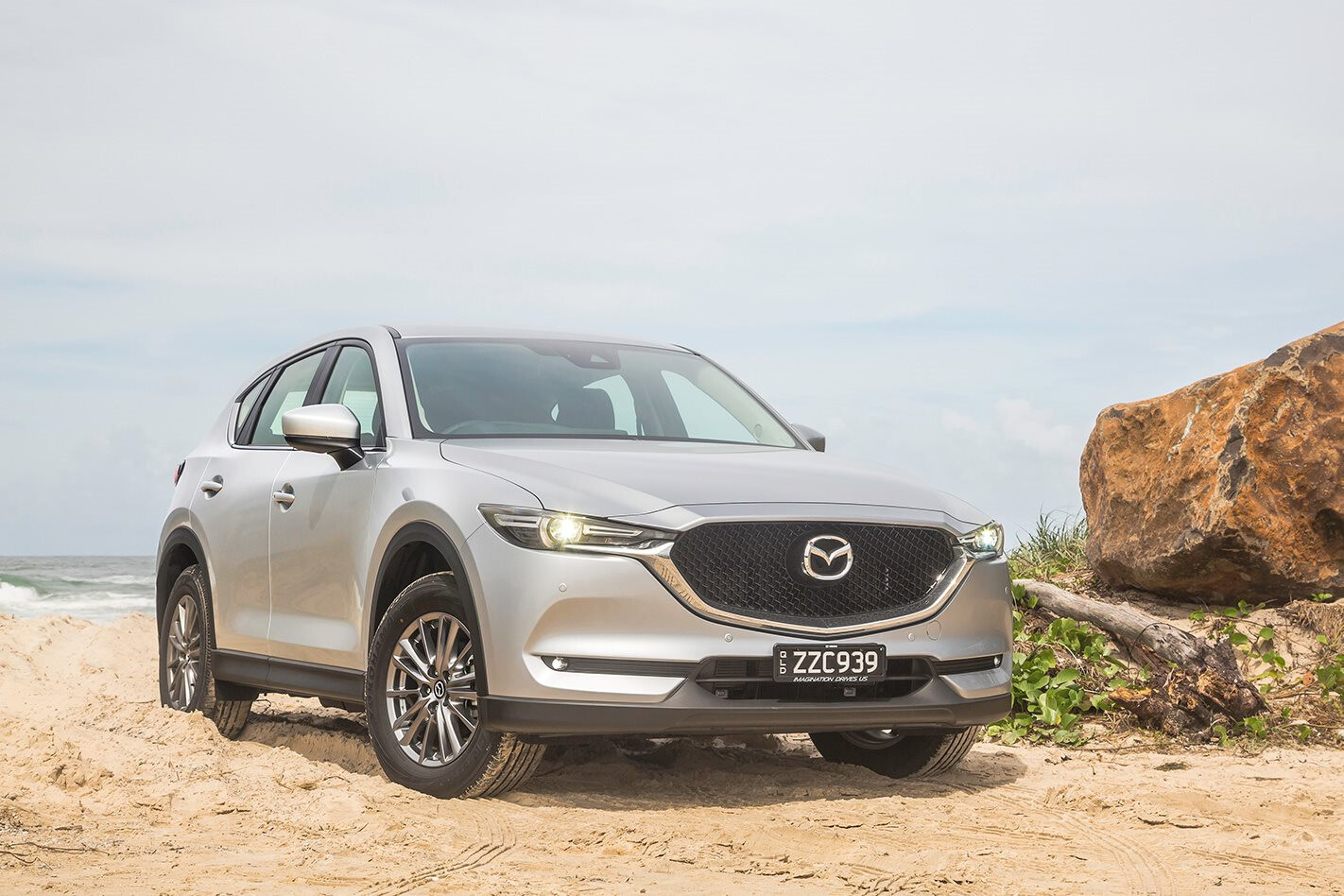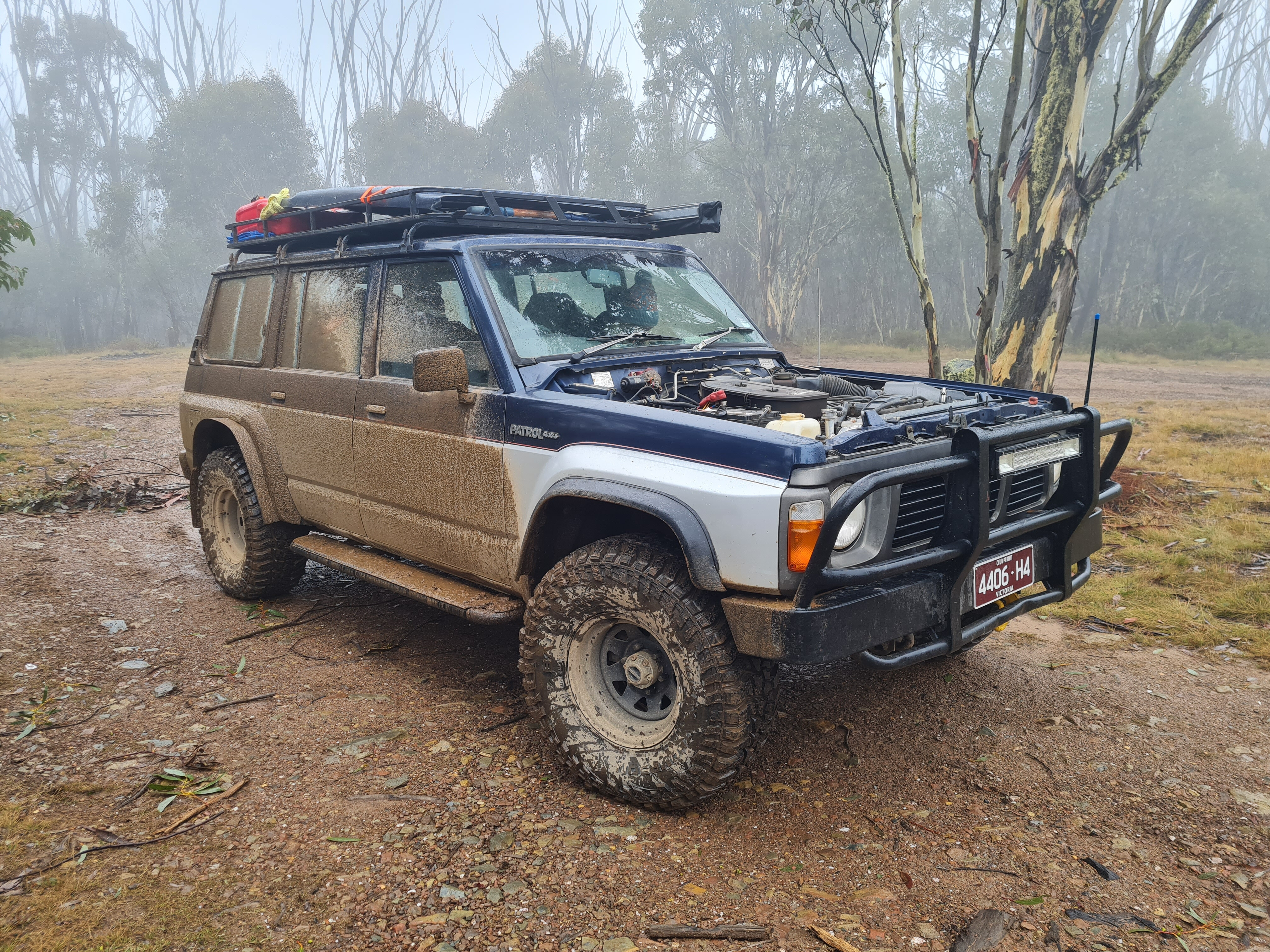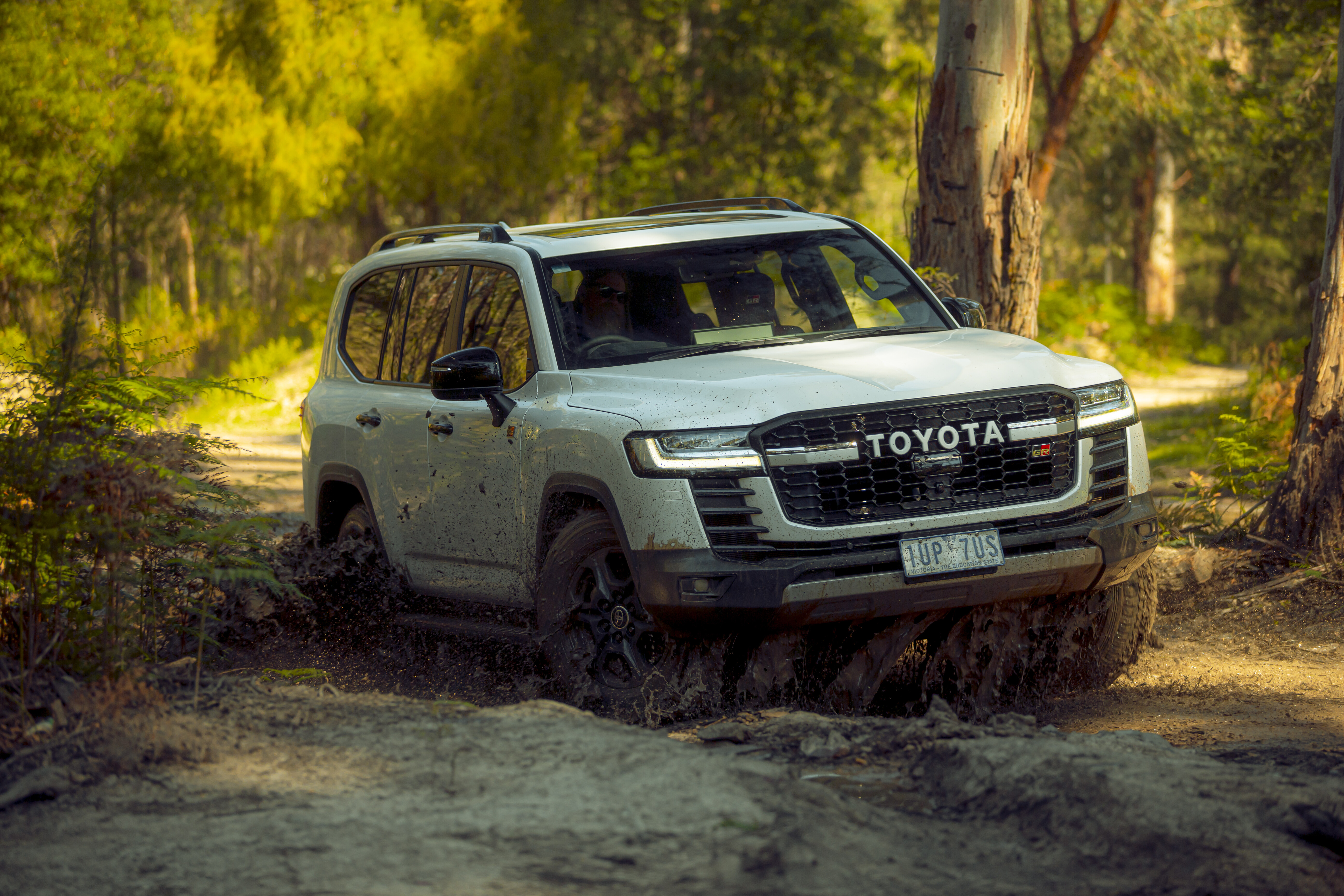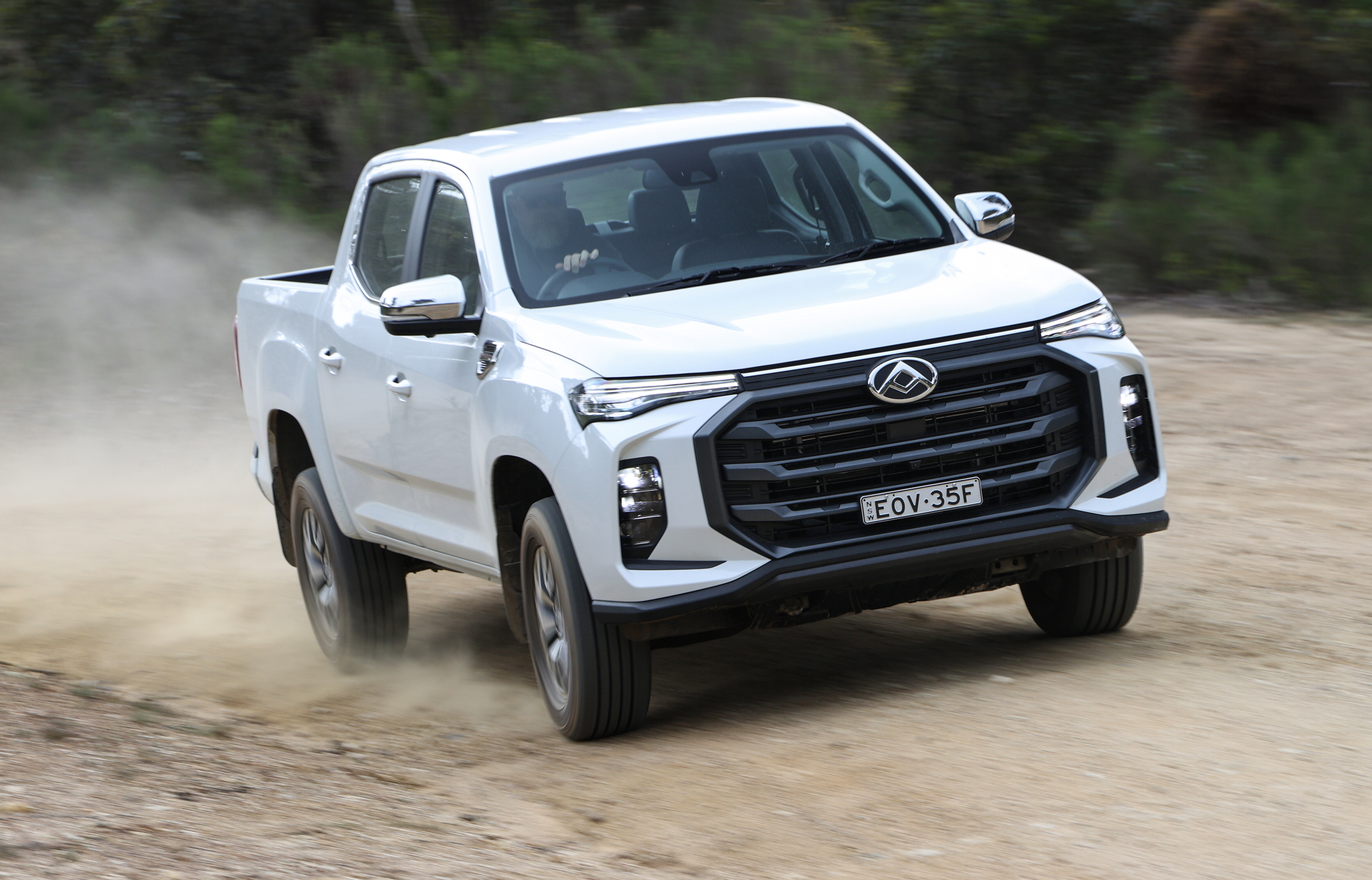MAZDA’S all-important CX-5 is fundamental to the success of the Japanese company.
The first-gen model, released in 2012, accounted for approximately 25 per cent of Mazda’s global sales. So it was imperative for Mazda’s engineers to listen to customers and ensure the few shortcomings of the first-gen model were rectified. And listen they did.
The most notable cause for concern of the first-gen CX-5, of which 1.4 million units were sold across 120 countries, was the worrying level of NVH. To this end, Mazda implemented a range of NVH improvements across the model line-up.
Read our review of the popular 2015 Mazda CX-5 Grand Tourer.
NVH IMMEDIATELY obvious, as both passenger and driver, were the improved levels of NVH. On a variety of roads – inner-city, freeways and mildly challenging twisties – the cabin remained isolated from tyre and wind noise at both high and low speeds. Mazda claims the level of quietness to be “roughly equivalent to that of travelling 20km/h slower than on the previous model”.
Structural changes to the second-gen model resulting in NVH improvements include hollowing the front stabilisers, adding dynamic dampers to the front struts, and minimising gaps between body panels, pillars and sills throughout the vehicle.
The occasional buzz and rattle remains on the really coarse stuff (not that it’d bother 4x4ers), but the cabin is a much quieter place to live than its predecessor.
POWERTRAIN DESPITE being a new-generation CX-5, powertrain calibrations (read: refinements) are minor. The three-strong engine line-up includes the 129kW/420Nm SkyActiv-D 2.2-litre diesel, the 114kW/200Nm SkyActiv -G 2.0-litre petrol and the 140kW/251Nm SkyActiv -G 2.5-litre petrol.
However, there are a few new technologies adopted by the second-gen CX-5’s diesel engine: High-Precision DE Boost Control, Natural Sound Smoother, and Natural Sound Frequency Control – again reinforcing the much-improved levels of NVH.
All engines are mated to a six-speed automatic transmission (only the entry-level 2.0-litre Maxx sports a six-speed self-shifter), which offers clean and swift gear changes. Although on a few steep inclines the changes weren’t readily deployed.
There’s also a claimed 4.4 per cent fuel-consumption improvement across the range.
For further on-road stability, the new CX-5 features Mazda’s G-Vectoring Control (GVC) tech, which basically adjusts the engine’s torque in relation to steering wheel and lock placement.
OFF-ROAD? NOT quite. The test route in and around Gold Coast and Brisbane was restricted to black-top – it is a mid-sized SUV after all. We managed to plant ourselves into the plush cabin of both the Maxx Sport and new-to-the-range Touring models, and both handled the smooth Queensland roads with aplomb.
The mid-sized SUV stuck to the road like glue, a credit to the newly installed GVC tech. The more-exxy Touring did provide a more substantial feel to the steering – perhaps due to the weight increase.
Newly installed safety features across the range also improve the driving experience. Mazda’s Radar Cruise Control with Stop-and-Go function measures the distance to the car ahead and controls the tempo and brakes accordingly, but it’s only available on the top-spec Akera model.
Traffic-sign recognition, found in Touring, GT and Akera models, works consistently well; though it failed to recognise a few roadwork speed signs.
The CX-5 measures up at 4550mm long, 1840mm wide and 1675mm tall. Laden ground clearance is 185mm; unladen is 193mm. It has a braked towing capacity of 1800kg (unbraked: 750kg).
PRACTICALITIES The simplistic, clean and functional design was achieved by removing all unnecessary elements.
The monochromatic interior of the CX-5 is neatly presented, with the only cheap plastic found in the centre console next to the driver’s (and passenger’s) legs.
We also found issue with the low placement of climate control buttons, which distracts the driver’s focus from the road. With unused space higher on the dash, it seems to be a simple oversight.
The rear seats (with air vents in all models bar the Maxx) are spacious and comfortable enough for three kids or a couple of adults, while there’s plenty of space in the boot for a decent non-remote road trip – 1342 litres with the rear seats folded down, or 442 litres with them up.
A “grand temporary tyre” (Mazda’s way of not calling it a space saver) resides in the rear, much to the chagrin of many drivers. It saves on weight and space, though, and it’s actually bigger than your regular space saver, so it’s not entirely a bad thing.
HIGH HOPES MAZDA intends the CX-5 to remain the number one mid-sized SUV of choice for Australian customers, while also retaining strong repurchase rates.
Alastair Doak, Mazda Australia’s director of marketing, told a packed media contingent that the sales forecast of the new CX-5 is approximately 2000 units per month, with the Maxx Sport predicted to be the most-popular model with an expected 30 per cent share.
Engine-wise, the 2.5-litre petrol is expected to be the most popular (60 per cent of sales), followed by the 2.2-litre diesel (25 per cent) and the 2.0-litre petrol (15 per cent).
RANGE AND PRICING
| Model | Engine | Transmission | MLP |
| Maxx | 2.0L Petrol 6MT | FWD | $28,690u00a0 |
| u00a0 | 2.0L Petrol 6AT | FWD | $30,690u00a0 |
| u00a0 | 2.5L Petrol 6AT | AWD | $33,690u00a0 |
| Maxx Sport | 2.0L Petrol 6AT | FWD | $34,390u00a0 |
| u00a0 | 2.5L Petrol 6AT | AWD | $37,390u00a0 |
| u00a0 | 2.2L Diesel 6AT | AWD | $40,390u00a0 |
| Touring | 2.5L Petrol 6AT | AWD | $38,990u00a0 |
| u00a0 | 2.2L Diesel 6AT | AWD | $41,990u00a0 |
| GT | 2.5L Petrol 6AT | AWD | $44,390u00a0 |
| u00a0 | 2.2L Diesel 6AT | AWD | $47,390u00a0 |
| Akera | 2.5L Petrol 6AT | AWD | $46,990u00a0 |
| u00a0 | 2.2L Diesel 6AT | AWD | $49,990 |
VERDICT MAZDA didn’t need to make radical changes to what was already a good thing, and it hasn’t. The changes it did make, however, have made a good thing a great thing. The addition of new driving technologies and improved NVH has resulted in a quieter cabin and a smoother on-road performance. It should be a sales monster!
Would we take it off-road? What do you think?






